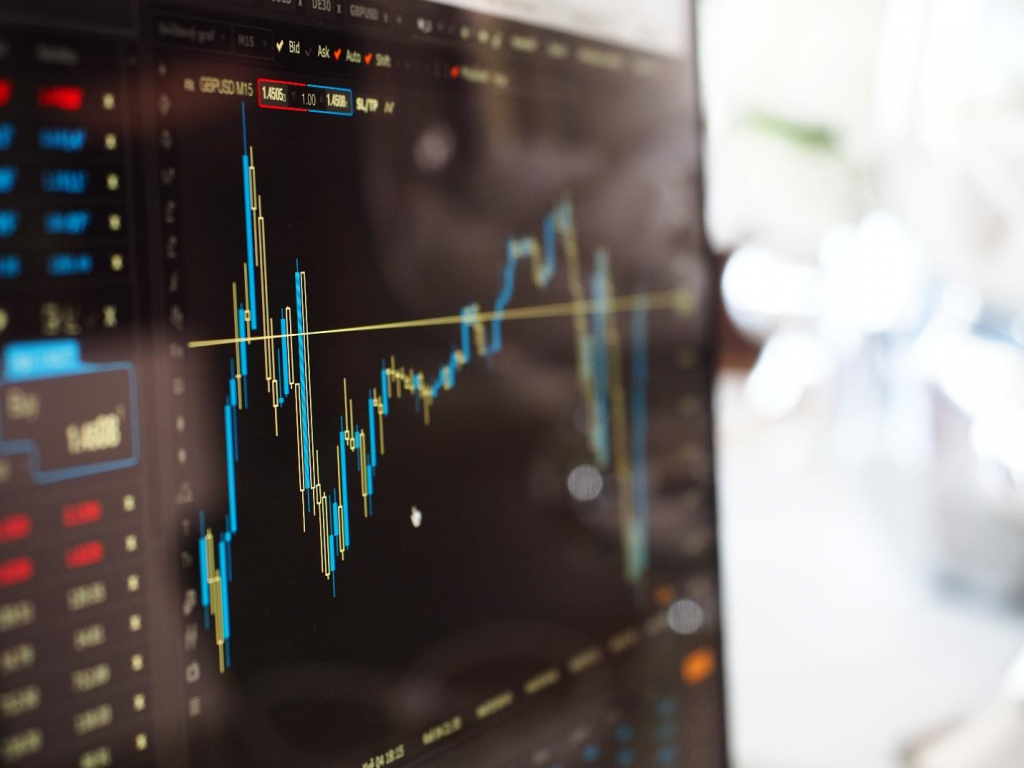My grandparents went throughout their entire life working for the same company, as regular employees. They never learned how to invest. Instead, they were just worried to bring food to the table. For them, reaching 65 years old to start receiving the social benefits was a synonym of reaching freedom.
In other words, they put all their economic plan and hopes in one basket: The government social security.
Maybe my grandparents’ lack of financial literacy was related to a lack of formal education. But even with a higher level of education, my parent’s route was no different.
My family had a mindset of not learning how to invest. They always thought the government would take care of them once they grew old. This mindset was fed by the fact that Venezuela (my home country) was, from the 1950s to 1980s, the superpower of Latin America.
Sadly, as you know, right now Venezuela has the highest inflation in the world (more than 1000% annually).
Now, my parents and grandparents find themselves struggling economically. They are able to make ends meet thanks to the money they receive from their sons living abroad.
Personally, I don’t want to find myself in the same position as them. And I know neither do you.
Before I share with you some of what I do know, I want to talk with you about what I don’t know:
- I don’t know what investment suits you best, but I do know that any smart investment is better than not investing at all.
- I don’t know if the S&P 500 is going to drop or raise 500 points tomorrow, but I do know that, on average, it has had an annual return of about 8%.
- I’m not a financial advisor, I’m just a recent MBA graduate interested in sharing with you some basic concepts about investing.
Educating ourselves first

One of the biggest pitfalls of school and universities is that they don’t teach us how to invest or how to pay taxes. So we have to start educating ourselves before it is too late.
Is by teaching, as I intend with this blog, that you really learn something. For instance, sharing useful information with you helps me to maintain the momentum of wanting to learn more about this world.
However, even if you study hard, there will be financial assessors that know better than you. Despite that, educate yourself first. Doing so helps you focusing your questions and assess that person’s competence.
Time value of money
Money today is worth much more than money tomorrow.

Let’s imagine that a company goes bankrupt and they have to liquidate their building. An asset that normally costs $1.000.000 today is available at $100.000, what a deal!
However, yesterday you decided to buy a really nice Porsche for $120.000, so you no longer have those $120.000 in cash in your bank. You have lost liquidity (important word in the investing world). And, with that, you have lost the biggest deal of your life.
When you choose an investing route, you let another go. The money that you could have earn if you had chosen the other route is known as opportunity cost: the loss of other alternatives when one alternative is chosen.
Having a big lump of money reposing in your checking account is pleasant because you know the money is going to be there when you need it, in other words, you have full liquidity.
However, with that money reposing in your bank account, you are losing many investment options out there, just for the sake of having liquidity. In this case, the opportunity cost is the money that you could have earned if you had invested.
With every day that passes, the opportunity cost grows higher. For instance, if you had invested in Facebook’s stock, you could already have earned some cents (neglecting the associated risk).
For that reason, the money today has more value than the money tomorrow.
You can use money to generate money. If you miss the chance of investing it, you are not capitalizing on the time value of money.
Getting to the nitty gritty
You can choose from tens of thousands of investments: stocks, bonds, mutual funds, exchange traded funds (ETFs), and other investments. To keep it simple, in this first blog post about investments we are going to cover stocks and bonds.

Companies finance themselves through bonds or stocks.
- Stocks: The Company gives you a piece of ownership (equity) in exchange of money. Being a stockholder means owning a piece of a business.
- Bonds: The Company issues debt. In this case you lend the company some money. In return, the company is obliged to pay you, in the future, the borrowed money plus an interest. Being a bondholder doesn’t mean owning a piece of a business.
With every investment, it comes an associated risk. Let’s see what happens if the company goes bankrupt:
- For bondholders: The company wouldn’t be able to repay you the borrowed money.
- For stockholders: Since the company would be worthless, your stock would cost $0.
Since the company is obliged to repay debt first (If the company had any money left), bondholders have less risk to assume, compared to stockholders. This is one of the reasons why stocks have, on average, a higher yield than bonds.
Another reason is that when you buy a bond, you already know when you’re getting back your money, and how much.
When you buy a stock, you don’t know at what price you will be able to resell it in the future.
Uncertainty about the future outcome makes also stocks riskier than bonds.
All things considered, the stock market have shown that, on average, those willing to take the risk on buying stocks are better rewarded (higher return) than bondholders.
In a nutshell, if you are willing to take risk, prefer stocks over bonds since, on average, it will bring a bigger return.
This investing route doesn’t stop here, this is just the beginning of our journey.
Stay tuned!

